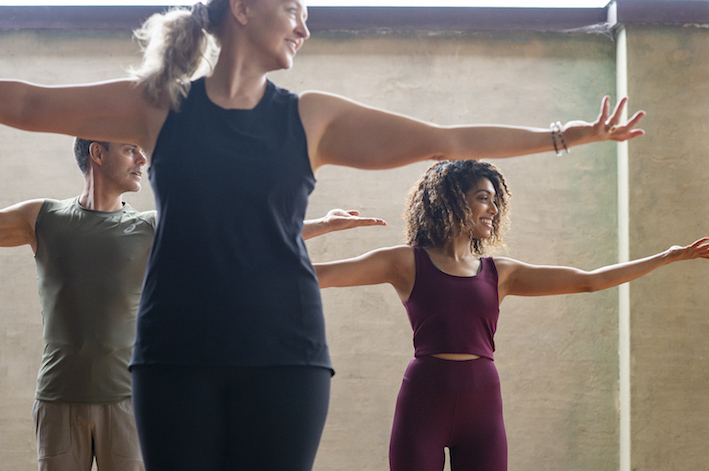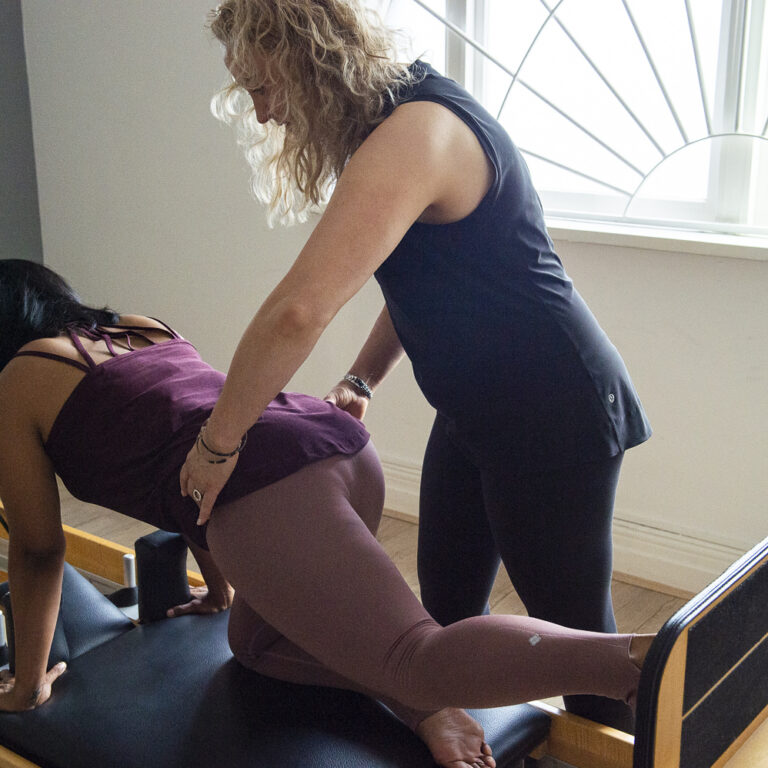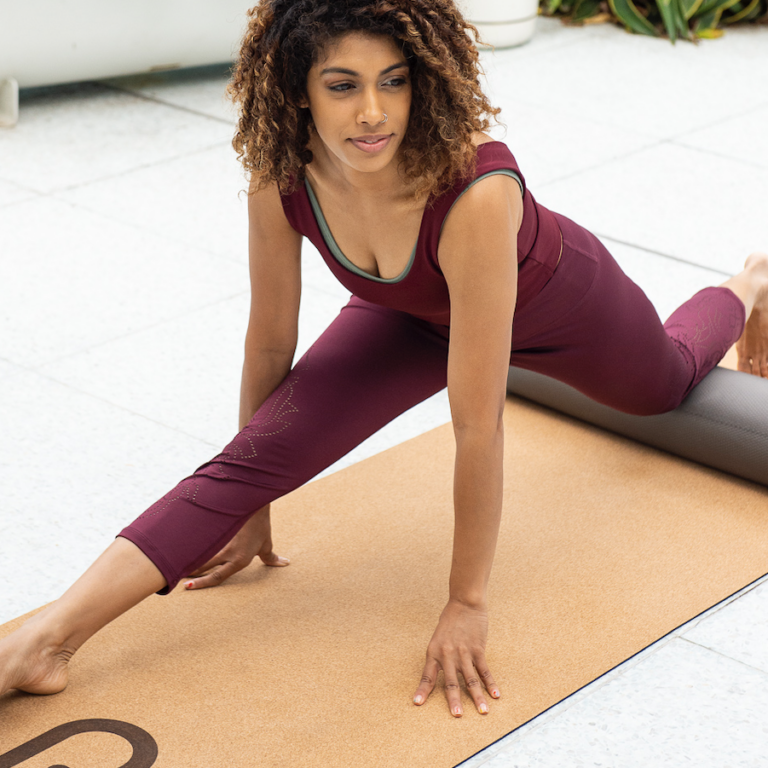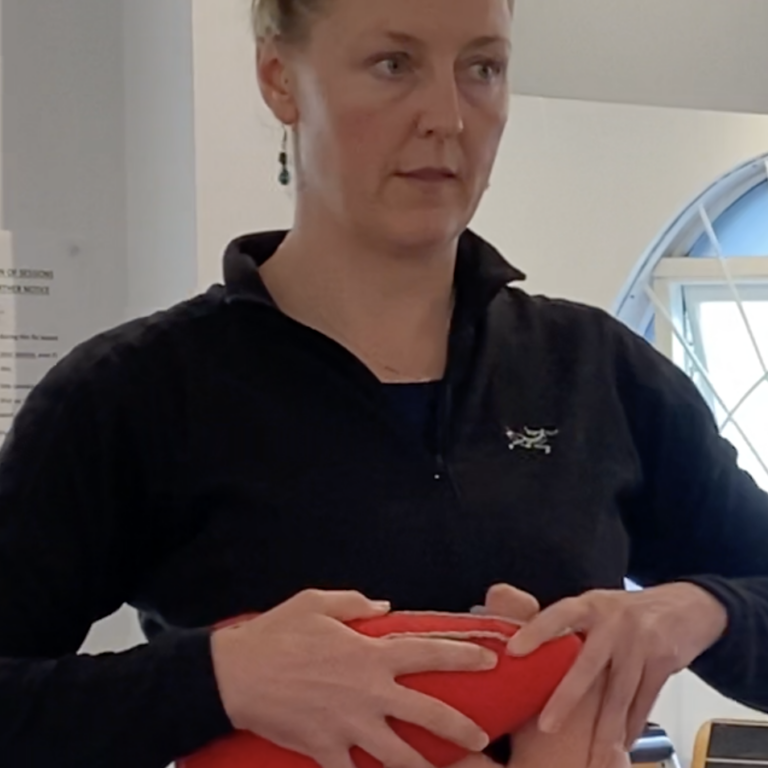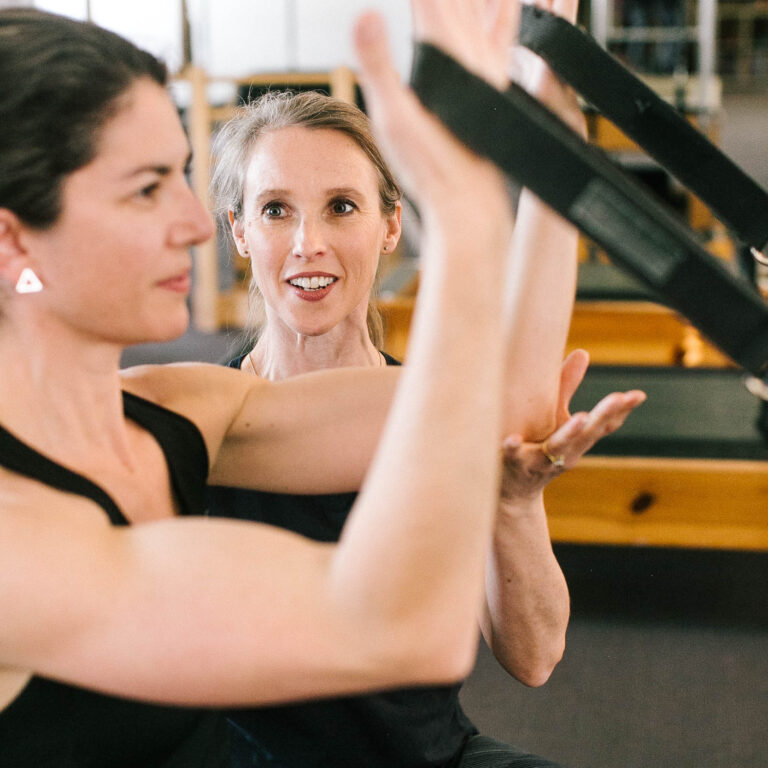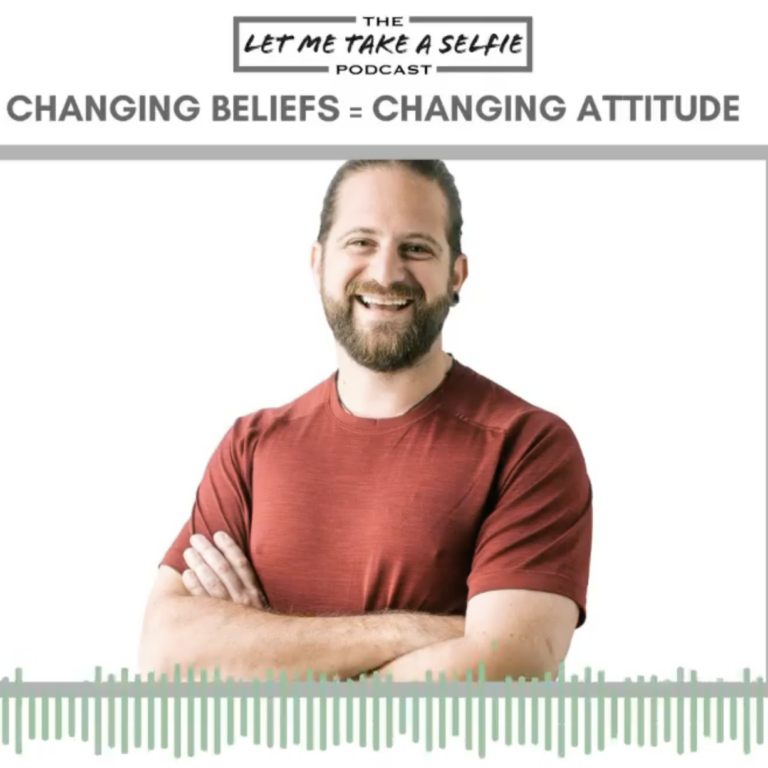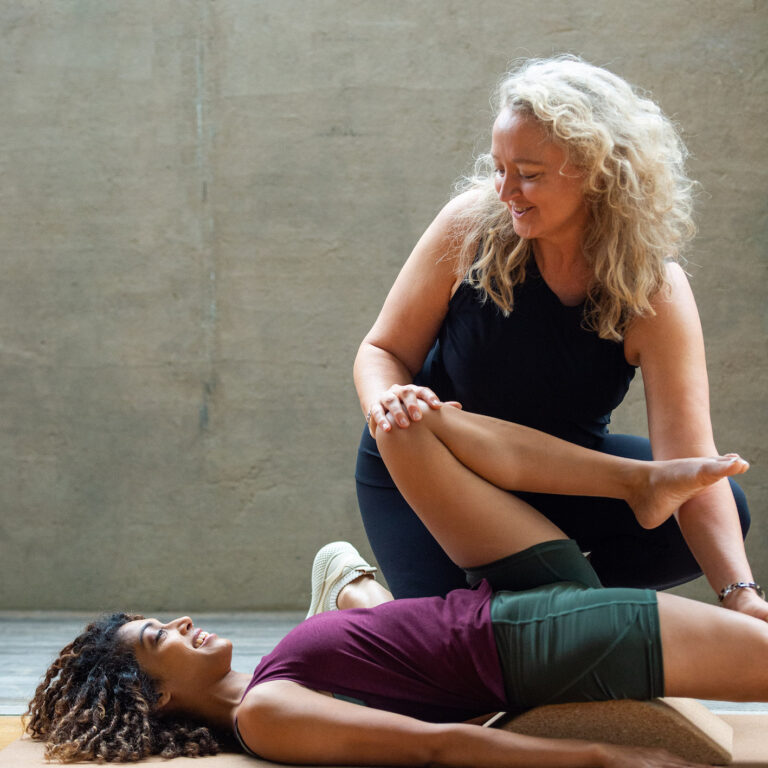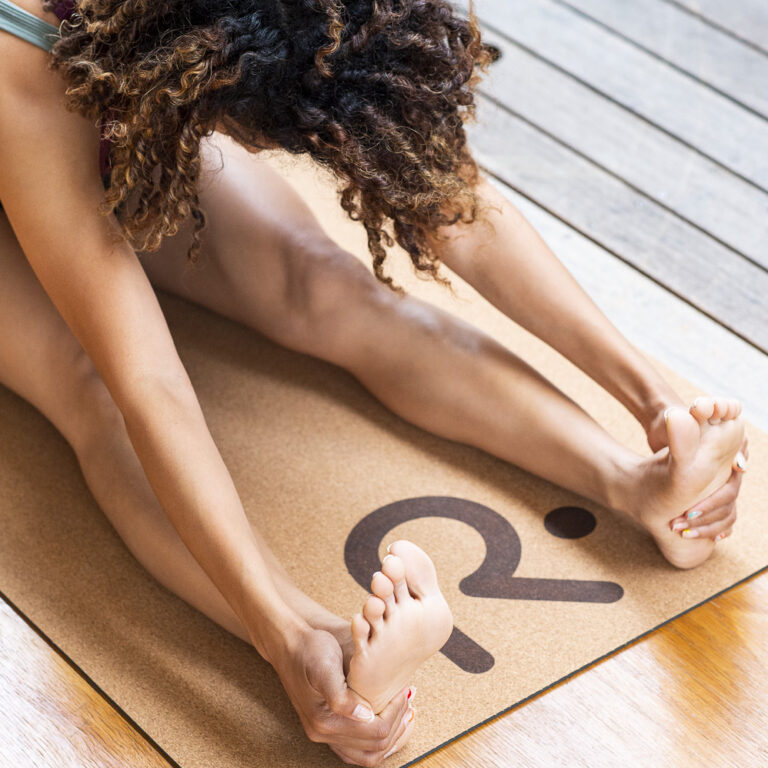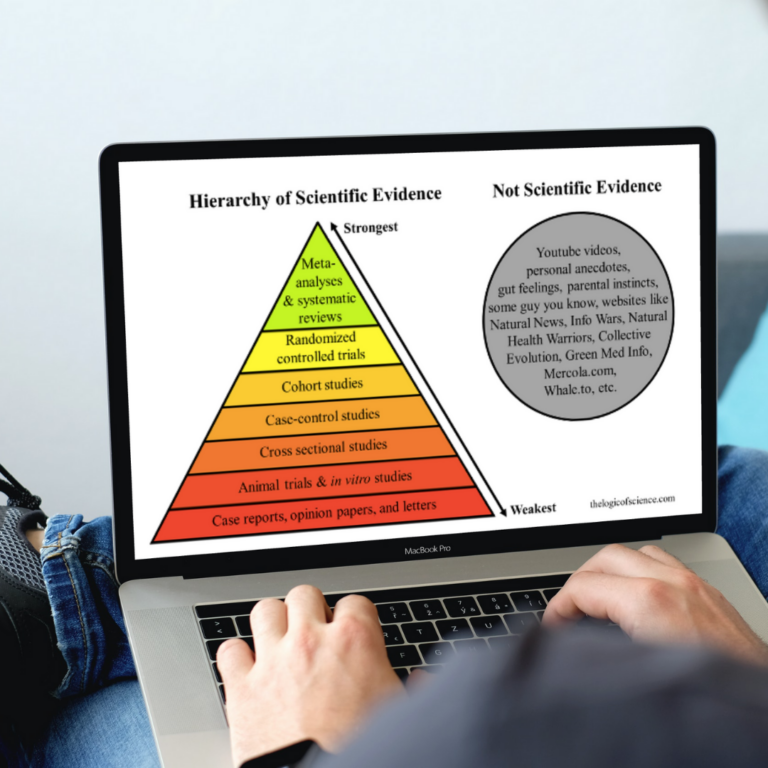OUCH! Nearly 70% of Australians Are Sedentary or Not Exercising Enough
Yes, it’s that bad out there. We are not active enough. And it costs Australians our health and our finances. Yet for some of us, it’s hard to believe. We love exercise, we eat, sleep and do exercise. But it’s become clear we’re the minority, so arm yourself with the facts, and encourage your fellow Aussies to get moving.
Nearly 70% of Australians Are Either Sedentary or Have Low Levels of Physical Activity
Recommended guidelines for the Australian adult population (18 to 64 years)
Australian adults, irrespective of gender, cultural background or ability are encouraged to do the following to maintain basic levels of health and well-being. Keep in mind; the below is not for weight loss.
- 150 to 300 minutes (2 1/2 to 5 hours) of moderate-intensity exercise per week, or
- 75 to 150 minutes (1 1/4 to 2 ½ hours) of vigourous intense physical activity, or
- An equivalent amount of both of these each week
The above is not a lot for some, but for many couch potatoes, it could almost look ambitious. But here’s the good news:
“You can tell a non-exercise that there is something in their favour: In most cases, there is a curvilinear relationship between physical activity and health (who knew?), but initially, there is a steep improvement slope when people start exercising….”
So if they start doing some moderate exercise, they’ll reap almost immediate health benefits. Doing so will also have a great impact on the public health system.
| Globally, physical inactivity (low levels of physical activity) is the fourth leading cause of death due to non-communicable diseases (we’re talking heart disease, stroke, diabetes, cancers) contributing to over 3 million preventable deaths a year. Read the global statistics.
Inactivity is linked to chronic disease. In Australia, the seven diseases most closely linked to physical inactivity (in descending order) are diabetes, bowel and uterine cancer, dementia, breast cancer, coronary heart diseases and stroke.
|
If all Aussies squeezed in an extra 15 minutes of brisk walking just five or more days each week, it would reduce Australia’s disease burden due to physical inactivity in the population by around 13% If we could encourage people to exercise for 30 minutes a day, the burden of disease due to physical inactivity could be reduced to 26% Less than one in five adults(19%) performed 10,000 steps per day on average according to the Australian Bureau of Statistics |
Proposed guidelines for the Australian adult population
- Some activity is better than none; but, we don’t want the entire population to believe that anything will do. If you don’t exercise at all, try to do something because it’s better than nothing. However, everyone should try to build up to the recommended amount gradually. (Medical/health contraindications withstanding)
- Do muscle-strengthening activities twice a week. This is where exercises like Pilates reformer or studio classes are ideal.
- Be active on most, preferably all, days every week.
- Minimise the amount of time spent in prolonged sitting. Break up long periods of sitting as often as possible. Not only are we sedentary when sitting but the compression on tissues and nerves is harmful and it reduces circulation.
- Promote the concept of participating in a range of activities,with more activity giving greater benefits
- Get familiar with the concept of mixing and matching a range of activities of physical intensity,focusing on a wide range of examples of physical activities and not just structured ‘exercise” is the only option.
- For weight loss,even more activity than the recommended allowance is often is required.
Obesity and exercise
“(For weight loss)…build up to 45 to 60 minutes of moderate-intensity physical activities on most days of the week.”
Elephant in the room not withstanding (Hello, diet!), it’s recommended that to lose weight, an individual does the following:
Stick to the recommended amount of exercise at a minimum; you may need to build up to 45 to 60 minutes of moderate-intensity physical activities on most days of the week.
Defining levels of intensity
The Department of Health define levels of intensity as follows:
Low-intensity exercise: (minimal effort but you’re moving):
- cooking
- light housework, e.g., laundry, dusting
- working at a stand-up desk
Moderate intensity (requires some effort, but you can still maintain a conversation while exercising):
- Jogging
- Swimming
- social tennis
- step machine
- fast walking
- cleaning windows
Vigourous intensity (hard to breathe, difficult to maintain a conversation while exercising)
- Jogging
- Aerobics (gym) exercise
- competitive sports
- heavy lifting or digging
So, the message is clear… keep moving!
